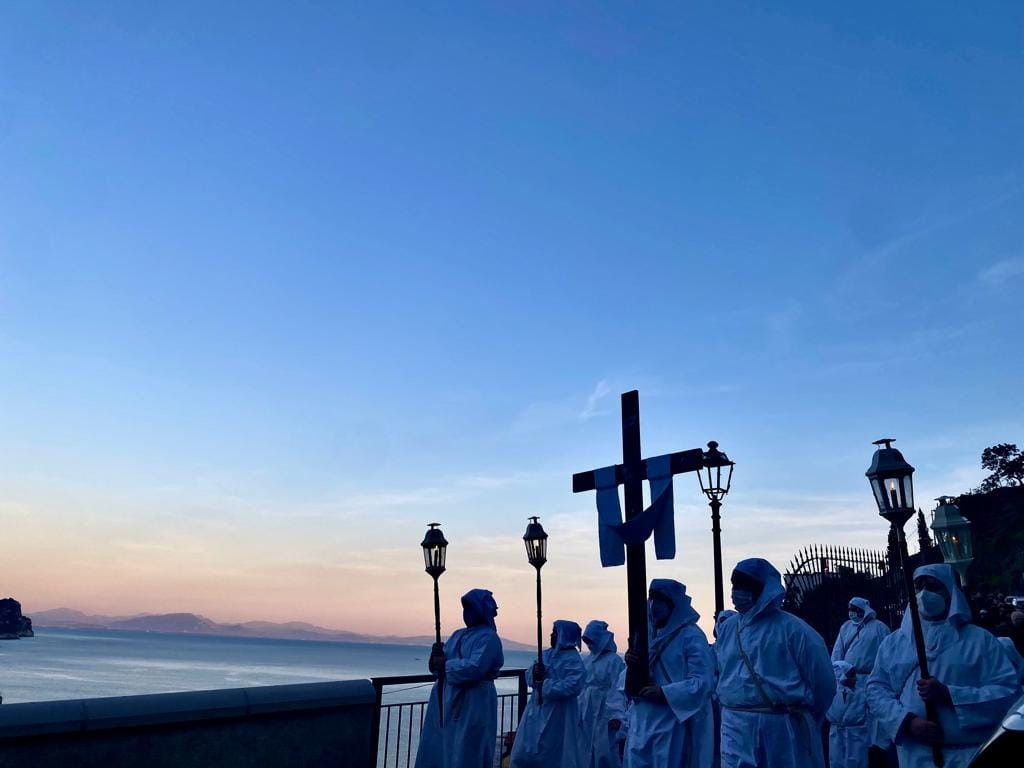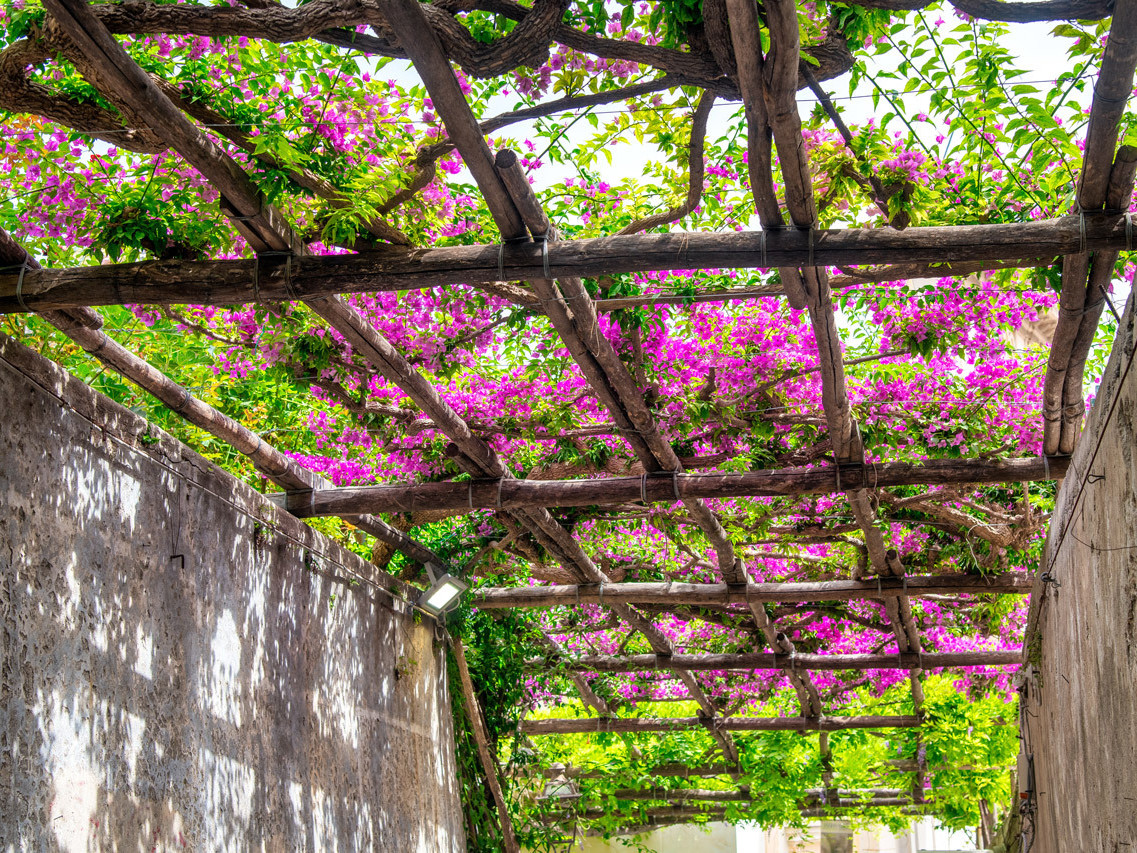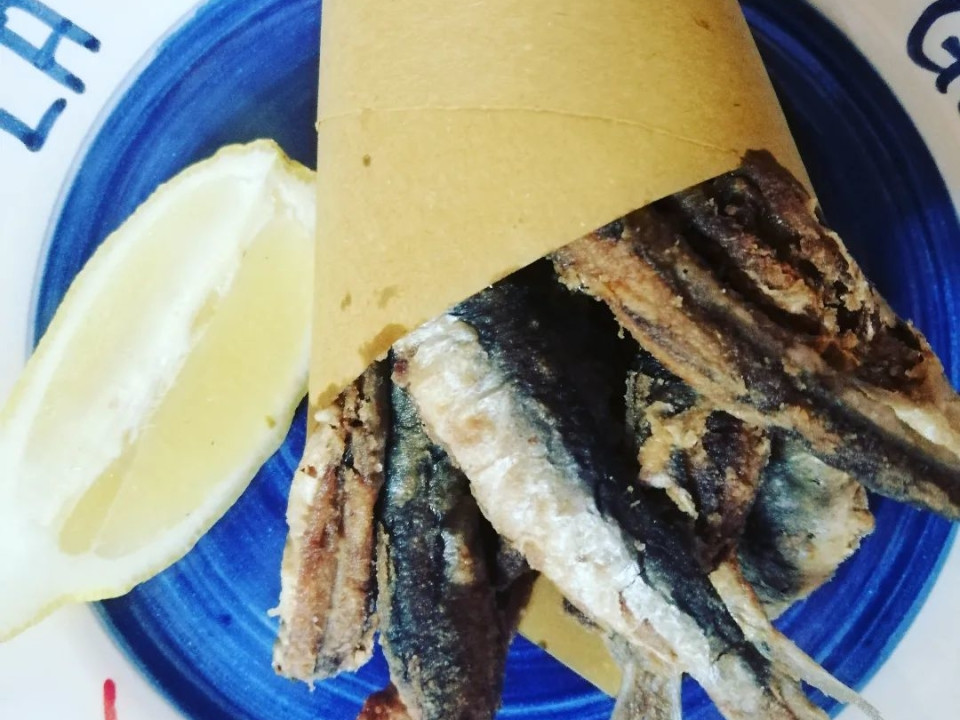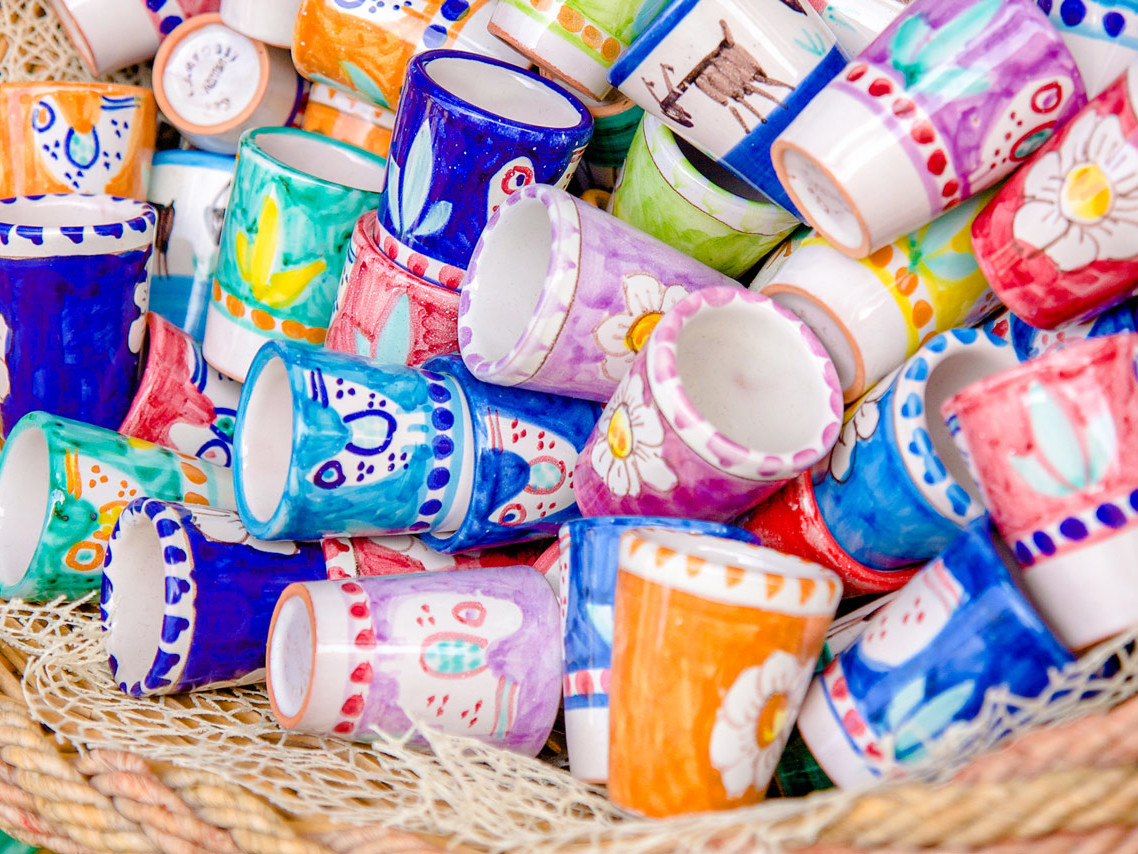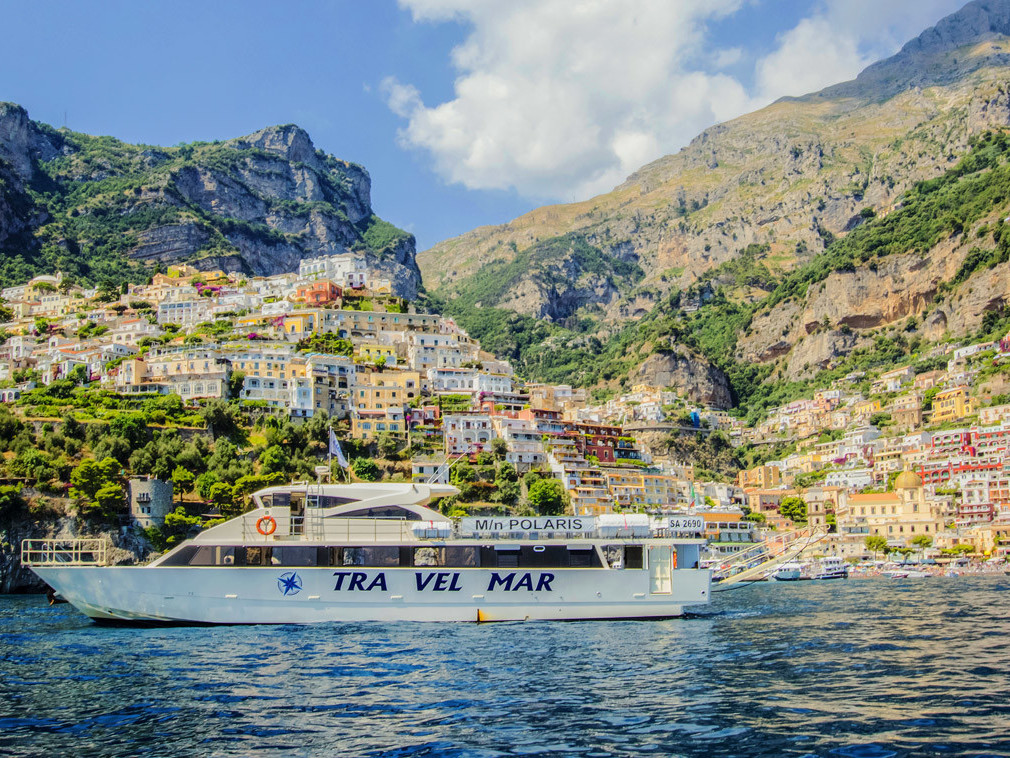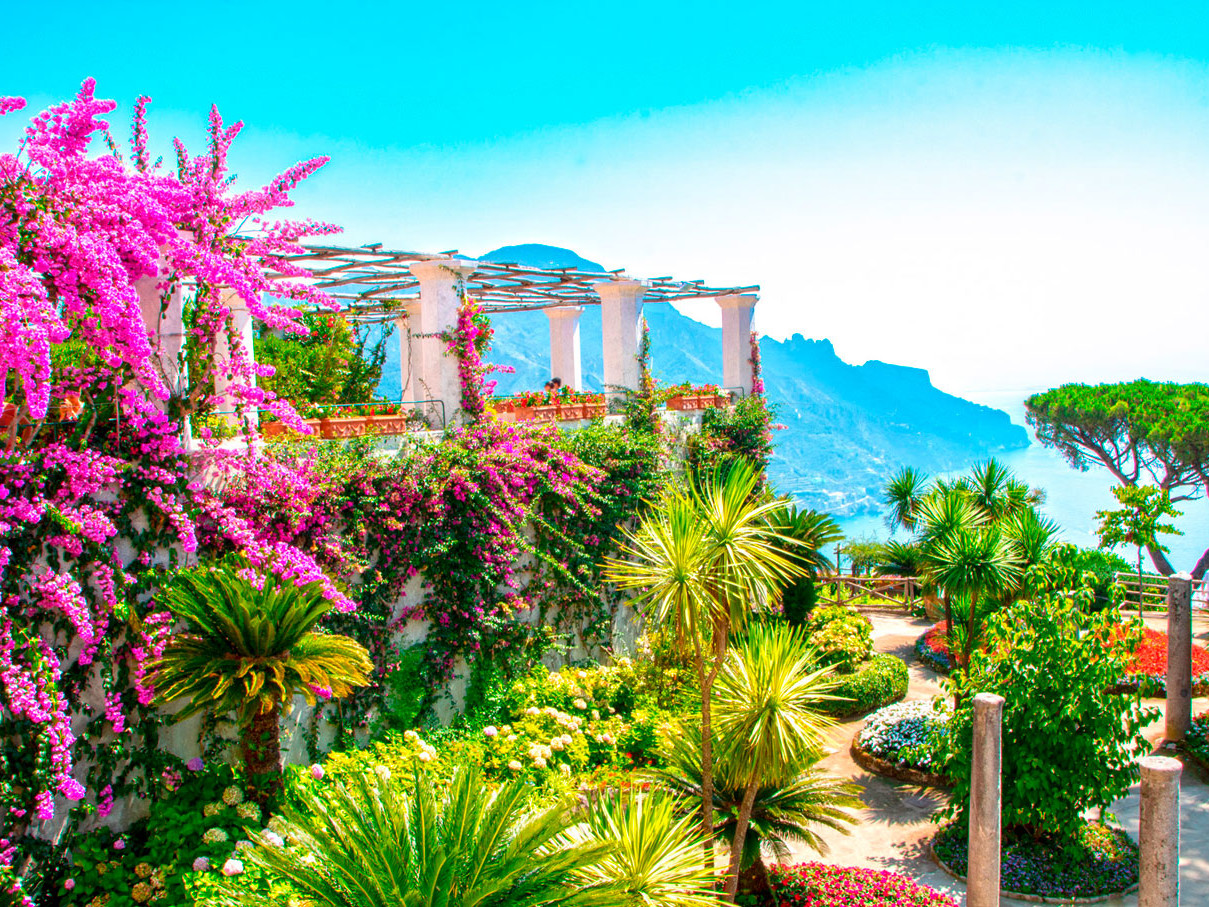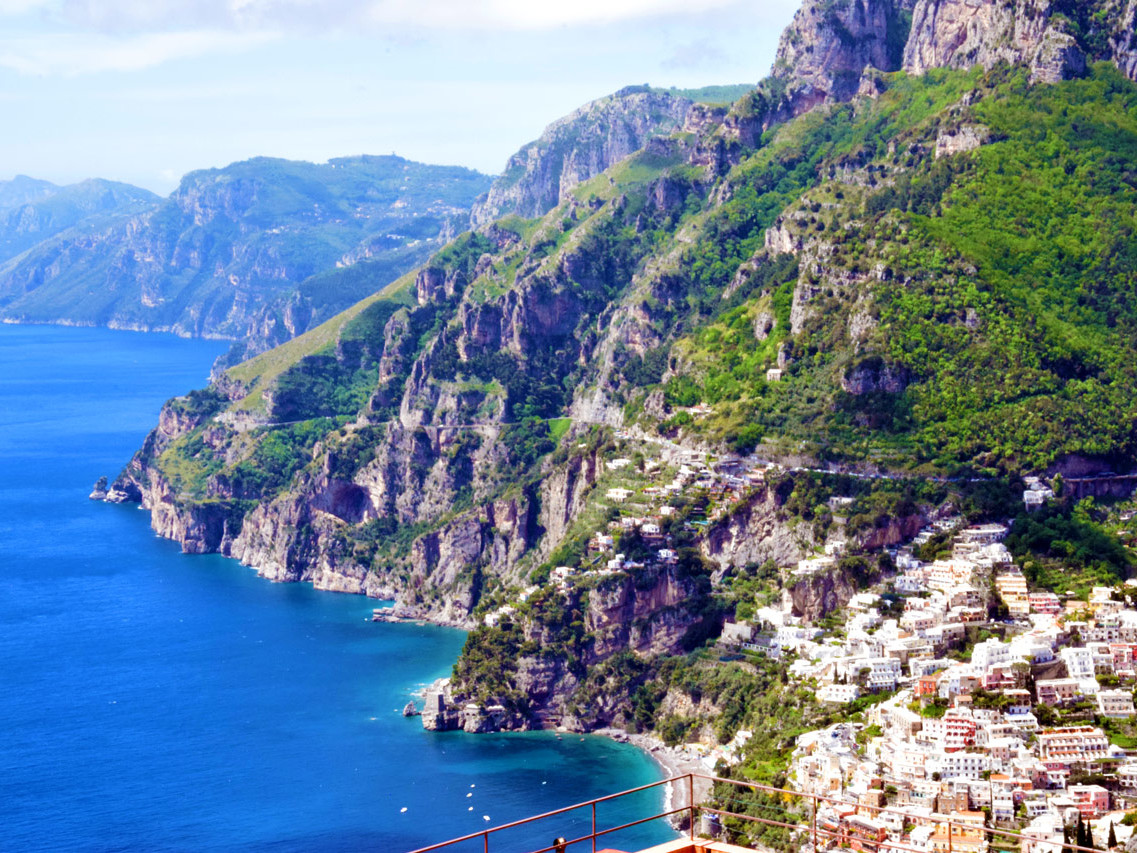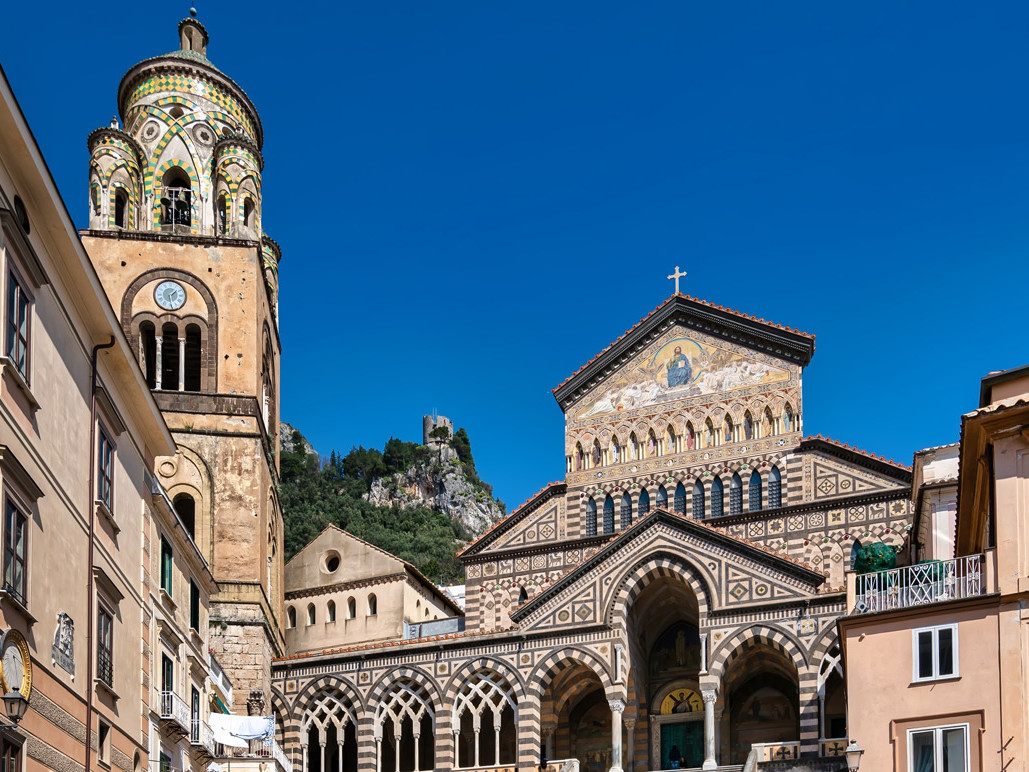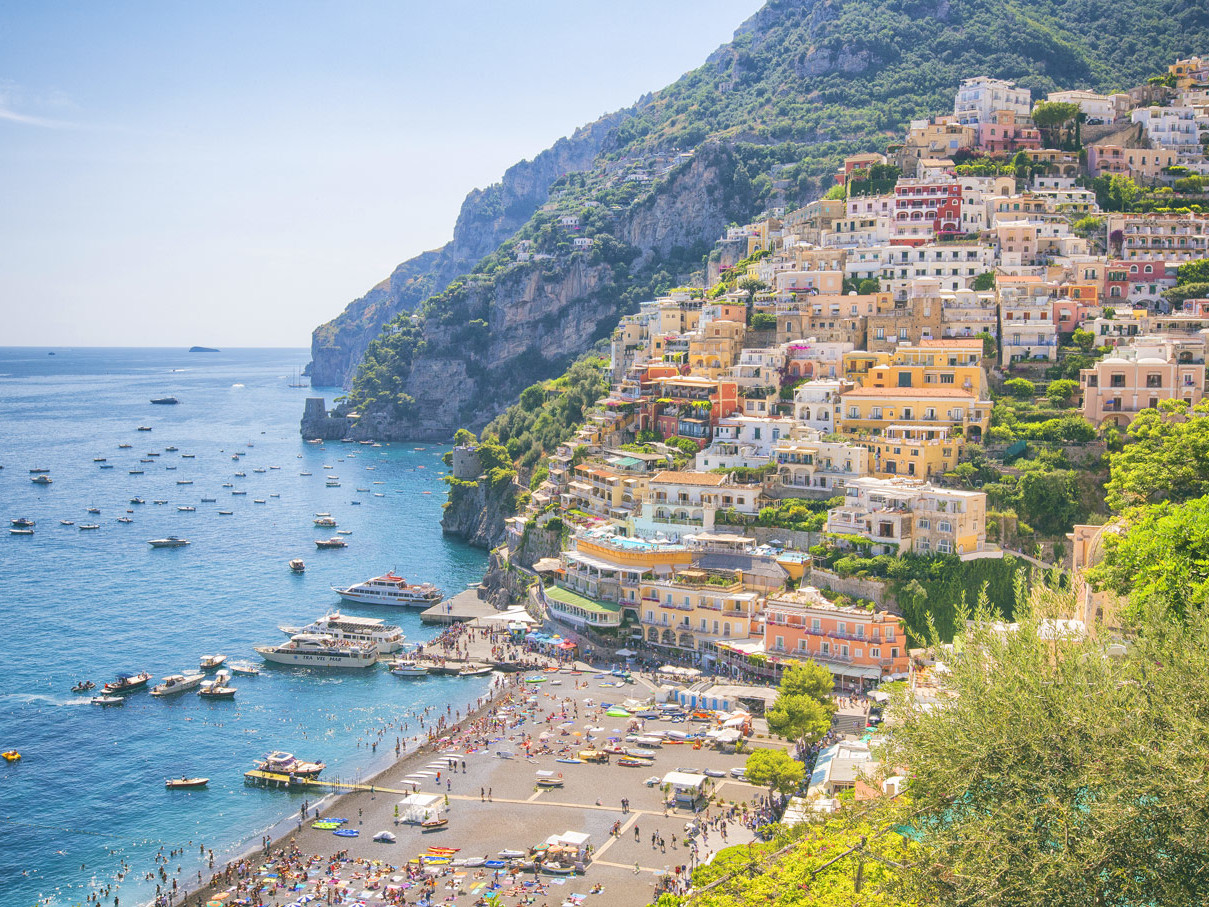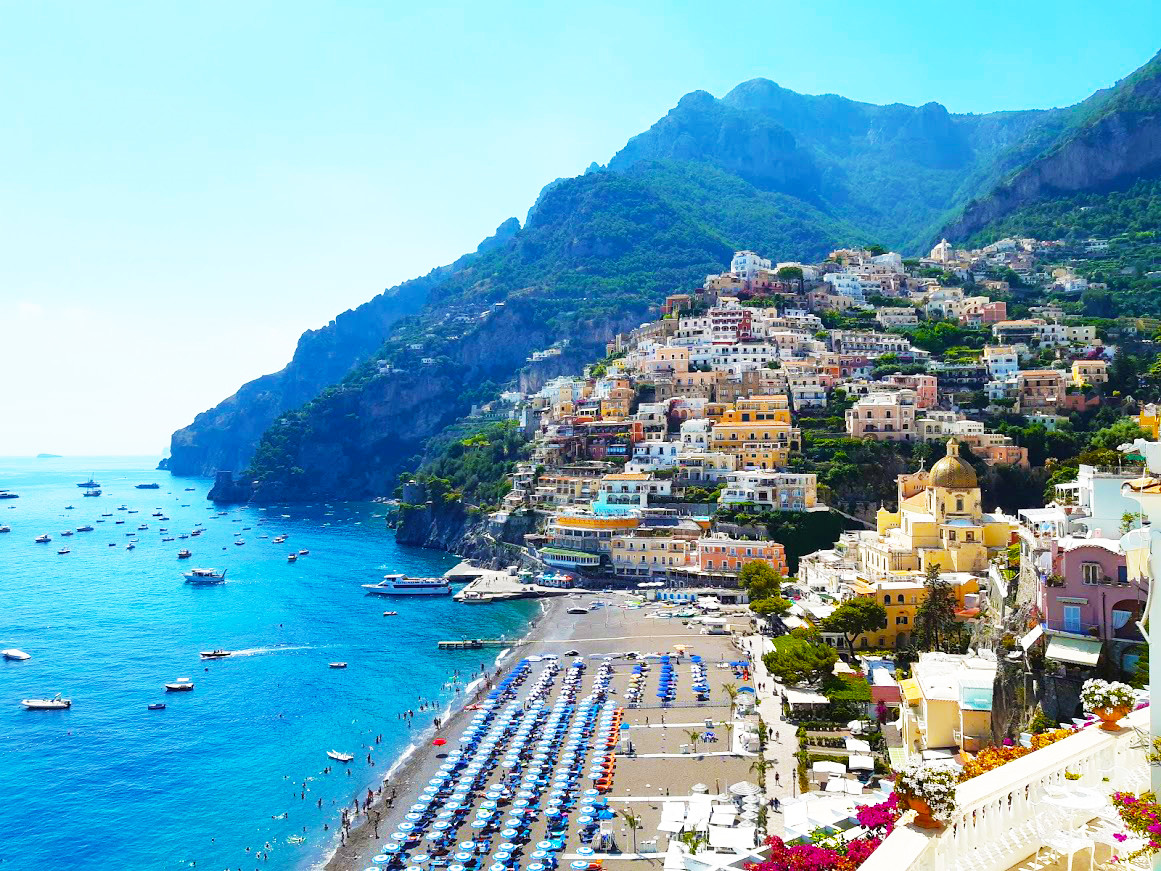SAINT JOHN THE BAPTIST'S FEAST DAY: WHEN THE SUMMER OF VIETRI SUL MARE BEGINS!
In Vietri sul Mare there is a neapolitan saying, "care o' trave 'e fuoco a mare.” What does it mean and what are its origins? And why is it related to the month of June? Read on to find out more!
by Roberta Cascone
Are you a fan of folklore and enjoy learning about all those anecdotes that make a culture unique? If yes, keep reading the article! The Amalfi Coast is not just a place for luxury vacations and exclusive clubs: there is much more to know about the villages that are part of it and the people who live there year-round. Indeed, every village, even the smallest, has its own stories, traditions and legends, of which the inhabitants are very proud. June, for example, is the month in which we celebrate the patron saint of Vietri sul Mare: St. John the Baptist. St. John is an important figure in Christianity: he is the one who baptized Jesus Christ, and who was later arrested by Herod Antipas for his preaching and finally beheaded. Let's find out together the stories about him and how the city of Vietri prepares to celebrate him!
share this article
St. John the Baptist's statue. Ph by Martina Montera
Popular beliefs about Saint John
It is precisely around the figure of St. John that there is an ancient popular belief, which today is handed down only by the elderly, namely that of not taking one's first swim in the sea before this date. According to tradition, in fact, on the night between June 24 and 25, the night of St. John precisely, "'a trave 'e fuoco a mare," that is, a flaming beam, falls down from the sky and heats the sea water, finally starting the bathing season.
Before this date, therefore, it is inadvisable to get wet, as the water is still too cold and inhospitable for bathers. There is even another proverb on the subject, which quotes, "San Giuvann' vo' tre muort l'anno: uno acciso, uno scapezzato ed uno affogato”, that literally translates into “Saint John wants three dead people a year: one murdered, one beheaded and one drowned”. All the more reason, then, according to Vietri elders, bathing is absolutely to be avoided before June 24!
Obviously, the belief of the descent of the beam of fire into the water has religious origins: in fact, it refers to the descent of the Holy Spirit into the sea, and consequently to a propitious time to immerse oneself in the waters finally blessed by the Saint. At the same time, there are certainly practical reasons as well: in the first weeks of June the sun is still not so hot and bathing could be the cause of colds especially in the young and elderly. Today fewer and fewer people respect this tradition, but the feast of St. John is still very much felt by the people of Vietri. Let's find out how they celebrate it!

The statue on the bearer's shoulders. Ph. by Martina Montera
Celebrations for the Patron Saint
Like all patron saints' feast days on the Coast, in the case of Saint John in Vietri there is a procession of the statue of the saint through the streets of the town. This starts right from the cathedral dedicated to him: it is a church founded in the 10th century that stands out over the town with its bell tower and its yellow, blue and green tiled dome. The facade of the cathedral also features a colored ceramic panel depicting St. John and the panorama of the city of Vietri.
A curiosity about the procession: the statue of St. John is not the only one to leave the church! In fact, the statue of St. Anthony of Padua, another beloved saint here in Vietri, is also carried by the bearers on their shoulders.
The procession is followed by fireworks displays and the alleys come alive until the evening: it is a time of joy and celebration for the whole community!
Participating in these festivals allows you to take part in authentic events and get up close and personal with the traditions and people who live in a given place. If you are looking for this kind of experience, the Feast of St. John is an opportunity not to be missed!

The 2024 program. Source: facebook
share this article
- St. John is one of the most frequently depicted saints in religious works of art. The most frequent depiction is the scene of the Baptism of Jesus, but he is often depicted at the moment of his martyrdom or immediately afterwards, when his head is presented on a tray to Herod and Salome, as in the case of Caravaggio's famous painting, now in the National Gallery in London.
- St. John is the only saint, along with the Virgin Mary, who is celebrated on both the day of his birth (June 24) and the day of his death (August 29).


